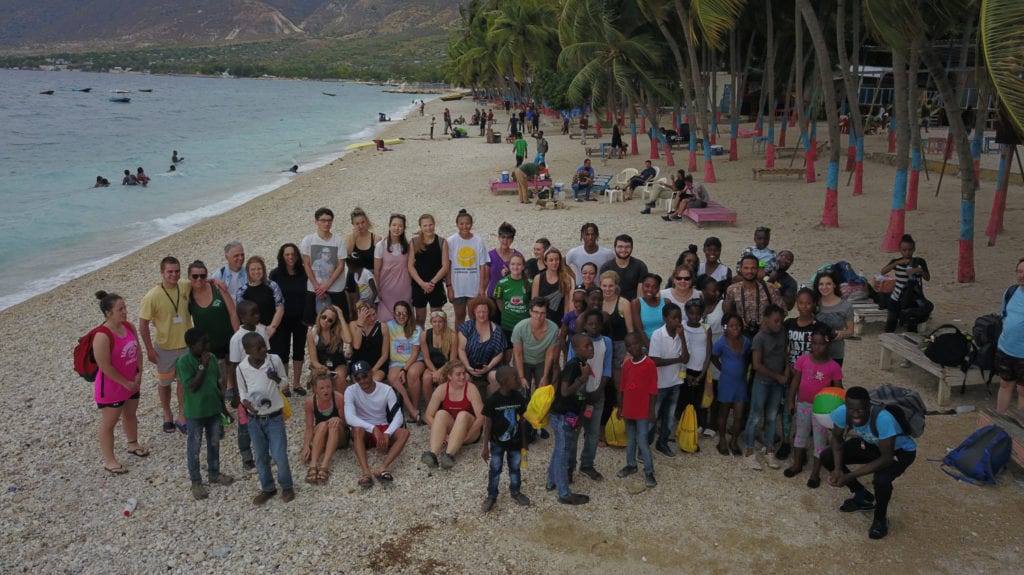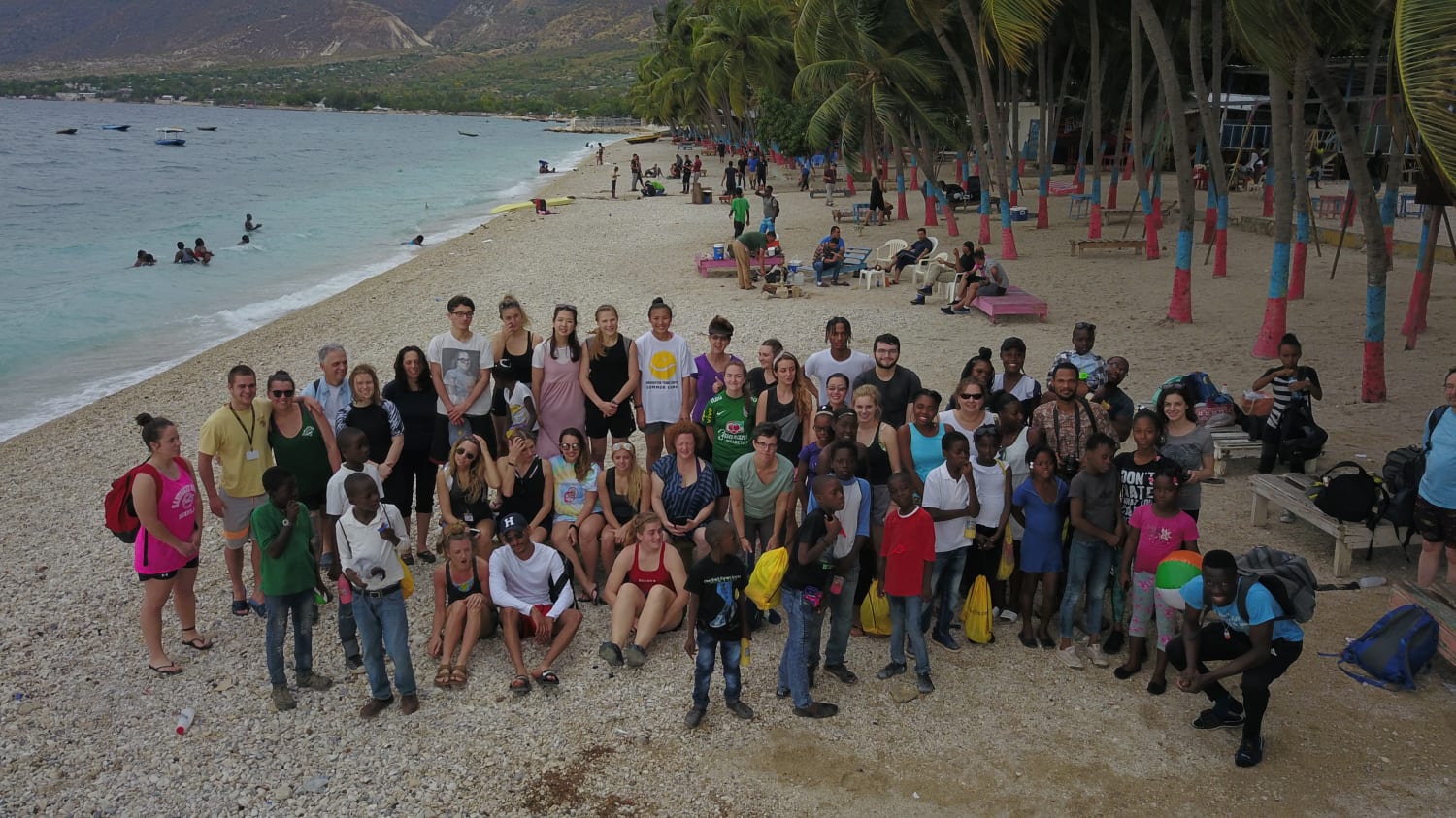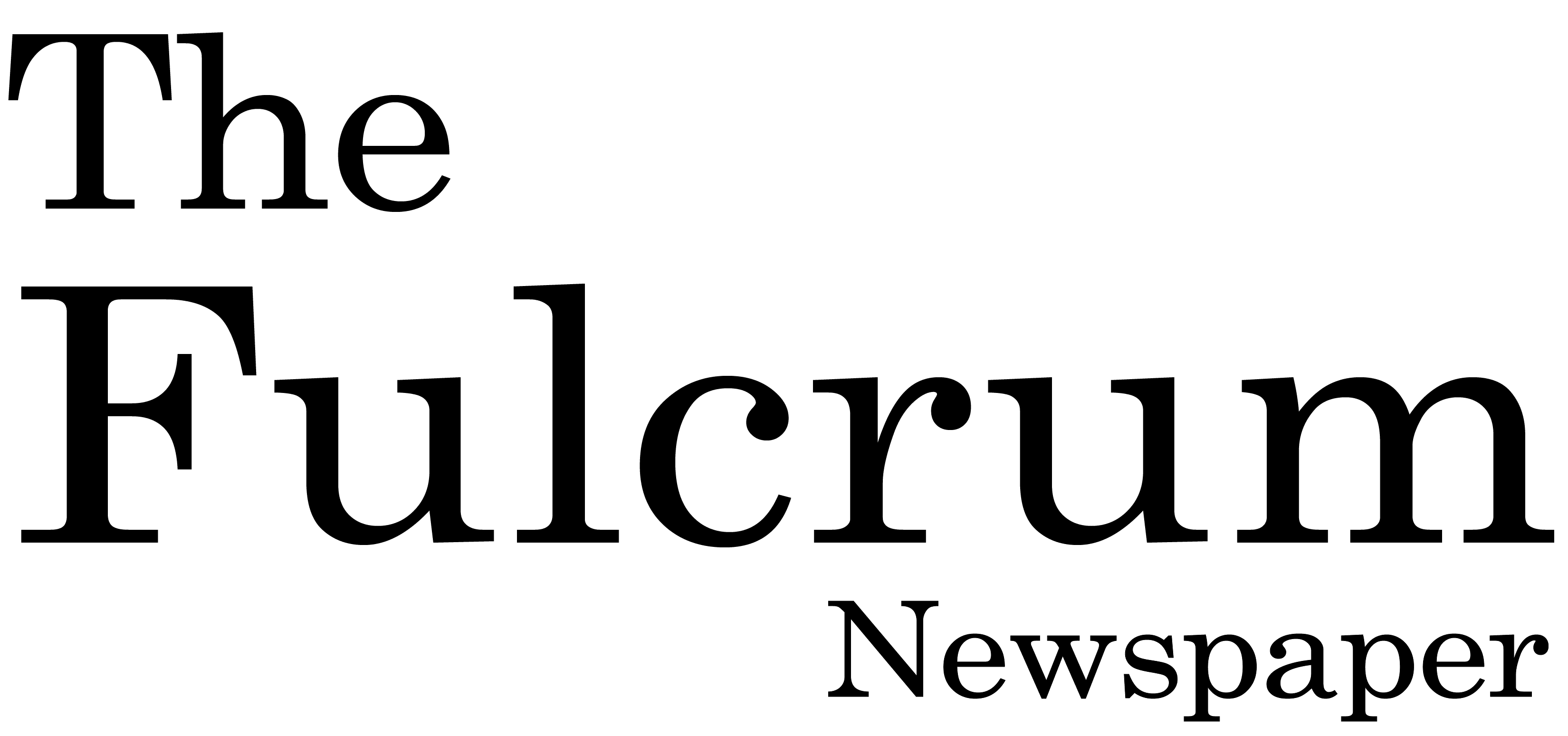
Tallying up the numbers can provide some insight into SUNY Broome’s Health for Haiti global service learning course, and its impact on the communities it serves.
During the January 2019 trip, dental teams staffed by SUNY Broome students sealed 1,720 teeth and treated more than 200 patients. Medical teams treated 104 patients at the Damabiah orphanage, where they also provided educational programs to more than 300 children – hands-on lessons in science, physical education, the arts, nutrition and more.
Another 100 students enjoyed educational programs in the rural community of Grande Saline, where the medical and dental teams treated 121 patients during their last day there. Teams of students provided 520 families with enough rice, beans, fish and oil to last them at least two weeks – all purchased from local farmers. Another team performed essential maintenance on a water filtration system the program installed a few years ago, and which typically provides the community with 6,000 gallons of clean water a day.
A makeshift pharmacy distributing needed medications. Free lunches for children. Community gardens. A sewing school. Computer literacy training. Comforting the sick. Games, lessons and a fun beach day with children. A trip to the national museum, where Haitian interpreters recited their nation’s proud history by memory.
“Without the work of our students, we could not have accomplished as much as we did for the Haitian people,” said Professor and Health for Haiti organizer Maureen Hankin, as the class gathered one last time following their return. “Global service learning does make a difference in the world.”
And sometimes that difference is anecdotal, unexpected and intensely personal.
On their last day in Haiti, members of the class – which included students not only from SUNY Broome, but Binghamton University, SUNY Geneseo and Le Moyne College – purchased souvenirs in their guest house. France, the “souvenir guy,” lost an arm in the 2010 earthquake and works primarily as a truck driver.
The past year hit Haiti hard with drought and civil unrest that shuttered the airports during the summer, thwarting not only potential tourism but Health for Haiti’s July trip. As a result, France had less work – and was no longer able to send his daughter to school, Professor and Health for Haiti organizer Jennifer Musa related.
Enter SUNY Broome, and the students’ last-day shopping spree. After the Hornets headed home, France paid a visit to the guest house owner with a guest of his own: His young daughter, who proudly twirled in her school uniform.
“She’s going back to school,” Professor Musa said, as several students swabbed shining eyes. “You made such an impact over these 10 days.”
Read more about Health for Haiti here.

An experience that changes you
The final Jan. 15 class gave the Health for Haiti students the opportunity to share their experiences through presentations – and deal with sometimes conflicting emotions. SUNY Broome Executive Vice President and Chief Academic Officer Francis Battisti, who is also a social worker, helped students process their experience.
Most were surprised by their experiences – and deeply moved, many vowing to return or shift their lives to focus more on helping others.
“It almost feels like it didn’t happen, like a dream state,” reflected Jacob, whose sister and cousin had gone on previous Health for Haiti trips.
Participants reported dealing with feelings of guilt – over the abundance they experience every day in the United States, compared to the poverty they witnessed. Some vowed never to complain again, or tolerant the complaints of friends over small matters.
When Samantha returned, her father made her ravioli. The SUNY Broome nursing student burst into tears, reflecting on the abundance of resources and choices that surround her every day, in comparison to the people she helped.
For Natasha and Robert, the trip took an added dimension. Both are the children of Haitian immigrants and grew up around Haitian culture, but never had the opportunity to visit the island themselves.
Natasha, a BU student whose goal is to become a nurse practitioner with a practice in Haiti, described seeing people who looked like her parents, and feeling a true connection to the culture.
“My family would tell me stories about Haiti when I was very young,” reflected Robert, who listened to Haitian children perform a song his mother once sang for him as a child. “I felt Haitian; I never knew what that felt like.”
For Minhyung, the experience put her on the same footing as her SUNY Broome peers. An international student from South Korea, she gave up the opportunity to go home during winter break, to be comfortable at home and speak her own language.
“That was the best decision I ever made,” she said.
Early on in her American experience, she struggled with the language and often felt alone. As she worked alongside her peers in Haiti, she felt only caring and fellowship – as well as a renewed commitment to become a dentist and return to the island to provide aid.
“We were all foreigners in Haiti. We felt the same frustration, the same language barriers,” she said.

‘Showered with love’
During their presentations, the Health for Haiti students recounted moments that stayed with them from the trip.
Abby watched a 3-year-old boy get his lunch in Grande Saline, and then walk into the village to share his bounty with others. Children receiving free lunches didn’t eat right away, but waited until everyone in the room had the same meal before starting, Aurora added.
“Family is a big deal for them. People take care of each other,” noted Claire, a SUNY Geneseo student who went on a previous trip to Haiti.
Jacob worked on the water system in Grande Saline, with a team from Pall Corporation. In addition to changing a valve and conducting a chemical clean of the entire system, they had to perform a remote software update – conducted with a cell phone hotspot jerry-rigged to a laptop, he remembered.
Children in Isaac and Kaia’s physical education lessons enthusiastically ran off with soccer balls, inventing their own games. Others were thrilled by the opportunity to inspect models of the heart, or see mosquitoes through microscopes for the first time. But the scenes could be heartbreaking, too: At Mother Teresa’s Children’s Hospital, children of all ages faced death, many too ill to play or raise their heads, Austin said.
Medical and dental clinics worked at a hectic pace, aiming to treat as many patients as possible, ranging in age from month-old infants to the elderly.
“We saw a lot of skin infections, UTIs, people walking around with bleeding wounds and infections for months. They’re living with these things and working morning to night,” Samantha, the nursing student, remembered. “It’s going to shape our careers and make us better healthcare providers.”
While the students made an impact on the people of Grande Saline and other Haitian communities, they found that what they received in return – the generosity and kindness of the Haitian people, a deep look into both the inequities of the world and communities based on sharing and mutual support – made a lasting impact on their own lives.
“We were showered with so much love,” said Natasha, the Binghamton University student.



